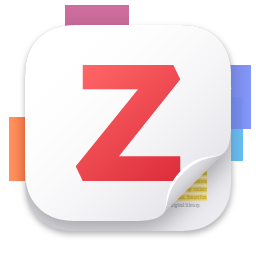Hardware & Operating Systems

Apple MacBook Pro (sans Touch Bar) for work. I like it, especially being able to use tools like Python natively in Terminal. I made the switch to Mac professionally in 2011 and have been generally pretty happy. With slow development of Mac machines and more fully integrated Linux capacities in Windows, I might look to switch.
A Dell desktop running Linux Ubuntu operating system at home for pictures, email, etc. I have found running Linux can be a pain especially since the BIOS was set up for Windows. I partitioned the drive to keep Windows (as necessary) on the machine and it mostly runs okay now.
Software
Statistics
R Project for statistical programming. I came to R after using Stata for many, many years. I switched because R allows for multiple types of data structures and the ability to have many instances of data open simultaneously. Learning R has been, however, a bit of a long slog. I have compiled some resources to help learn R here.

R Studio IDE (integrated development environment) to use R software that allows me to write and run scripts, keep track of current objects, and view plots and help in the same window. The open source version can be downloaded here.

Stata was the first statistical software that I learned and the first "language" in which I learned to program. The software had a large community that contributed routines to use, but the size has dwindled since R has grown in popularity.
Geographic Information Systems (GIS)
QGIS for geographic information systems work. The open source QGIS software emulates many aspects of the more common (and more expensive!) ArcGIS software and adds several features that make it much more convenient to use. QGIS shines on geographic data management and manipulation and lags behind ArcGIS for cartography.
Leaflet JS for online GIS applications. Leaflet is a JavaScript library for creating interactive maps. I used it to create the interactive maps of neighborhood trajectories of racial change.
Writing

Texmaker for drafting documents. Texmaker works across platforms and has a nice way to view and navigate documents, including files input or included in the current file. The autocomplete functions on diffrent commands save a lot of typing (and typos).

Zotero for bibliographic management. I have used Zotero since the versions were so unstable that they recommended backing up the database locally everyday. I cease to be amazed at this piece of free software. This many be the only software that I use on regular basis that I enjoy using.
General Purpose

Python is my go-to language for general-purpose programming. I have found it to be an extremely intuitive language that allows me to develop very rapidly. I have also found it to have few "gottchas" (though it took me about two years to figure out decorators). If you are just picking it up, I would recommend Hitchhiker's Guide to Python.

Sublime Text provides a powerful and highly customizable environment for text editing. It's free to try and $80 to buy (but you pay per user, so you can install it on as many machines as you like). Being able to open directories and then edit files within those directories (which you can navigate in a separate pane) is a feature that I really enjoy, especially when working on big projects.

Mercurial for version control. I started using Mercurial because it was very popular in the Python world since the developers wrote Mercurial in Python. Bitbucket, the online repository distributor for Mercurial code didn't take off like GitHub did, so Mercurial got left behind (even Bitbucket now advertises as "the Git solution for professional teams"). If I were starting out today, I would use Git instead.

Django for websites. Django is a web framework written in Python that bills itself as "the web framework for perfectionists with deadlines." It makes managing the unenjoyable parts of web development a breeze so that I can focus on the fun parts of actual development.
Real hardware

Moleskine journals for notes. The journals have held up durably, accept ink without bleeding through, and the soft cover versions are flexible enough to be comfortable holding while taking notes. After years of using different journals and sketchbooks, I haven't found anything better. I use Pilot V5 Pens in the journal.
